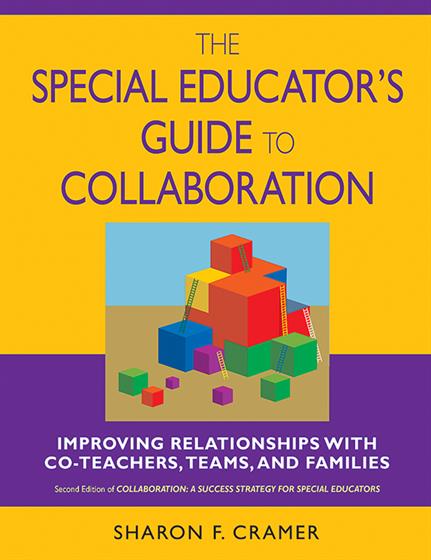Hands-on, Practical Guidance for Educators
From math,
literacy, equity, multilingual learners, and SEL, to assessment, school counseling,
and education leadership, our books are research-based and authored by experts
on topics most relevant to what educators are facing today.

The Special Educator's Guide to Collaboration
Second Edition of: Collaboration: A Success Strategy for Special Educators
At last, a practical game plan for productive and personally rewarding collaborative relationships!
Both general education and special education teachers will discover an invaluable set of relationship-building tools that will empower them and provide the motivation, understanding, and skills they need to transform unsatisfactory co-teaching relationships into productive, truly collaborative relationships. Special features include:
- Case stories and data drawn from 1,000 collaboration projects supervised by the author
- Up-to-date research, including an overview of current literature on collaboration
- "Idea try-outs": step-by-step reflection activities for promoting independent, innovative thinking
- "Project try-outs": structured research and interview activities for testing readers' collaboration skills
- Grade Level: PreK-12
- ISBN: 9781412914918
- Published By: Corwin
- Year: 2006
- Page Count: 360
- Publication date: April 05, 2006


